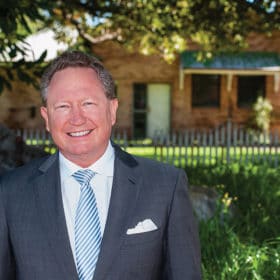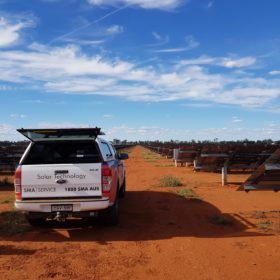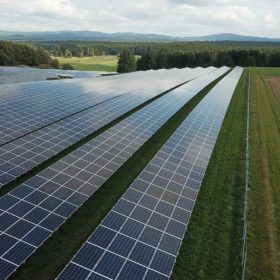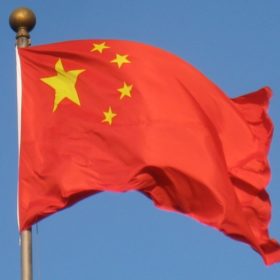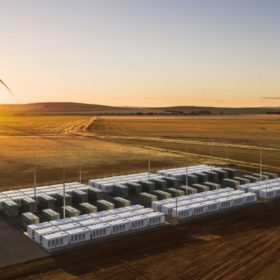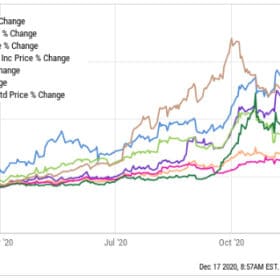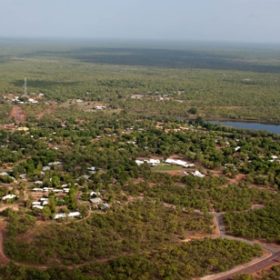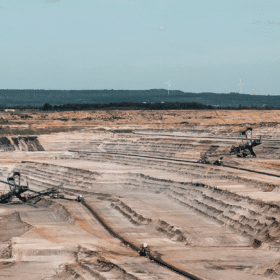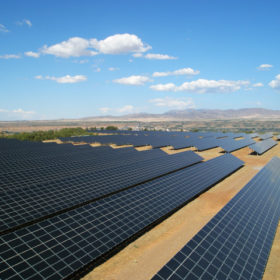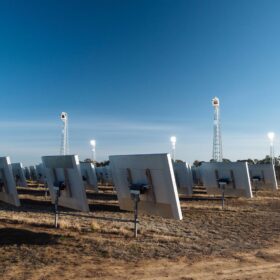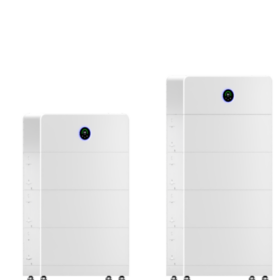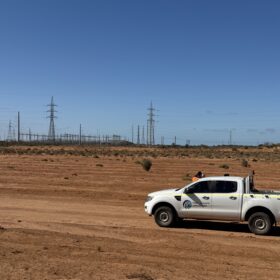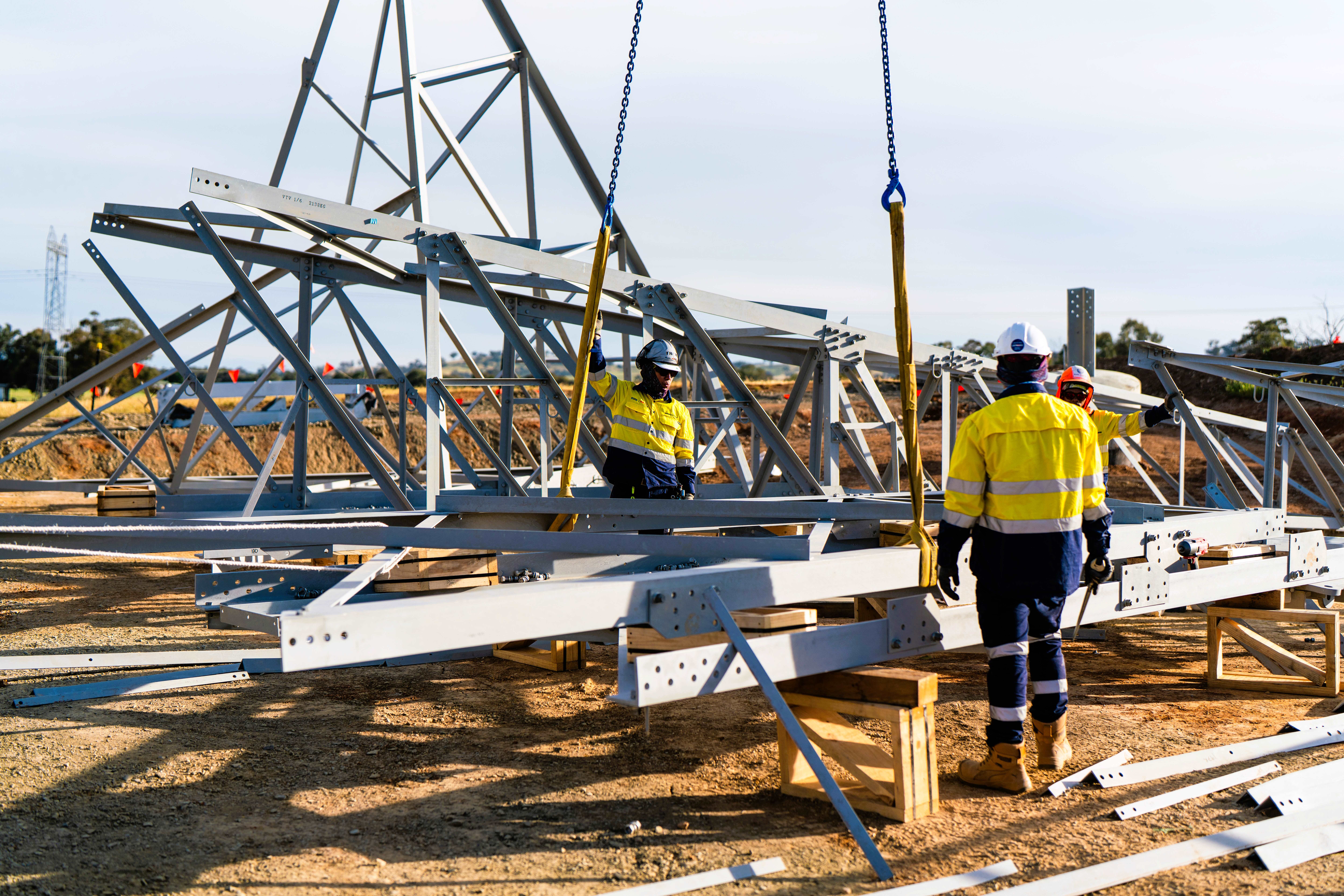Fortescue and South Korea’s Posco agree to green hydrogen future
Fortescue Metals Group Chairman Andrew ‘Twiggy’ Forrest returned to Western Australia last week after a 4-month worldwide search for green energy projects and resources. One of the deals secured on the trip was a circular partnership with South Korean steelmaker Posco. The deal sees Fortescue supply Posco with iron ore, Posco use said ore to make steel, and Fortescue use said steel for renewable energy projects to make green hydrogen.
The secrets to inverter success in Australia’s utility solar sector
SMA Australia had a bumper year in 2020, despite increasing competition and Covid-19, and partly because of the West Murray crisis. What’s next?
NSW coal country gets a big grid-balancing battery
Newcastle Council operations may already be 100% powered by renewables, but the Hunter Region’s first mega storage asset, boasting 28 MW capacity, will support the entire region’s expanding green energy ambitions.
Time for decisive action: Energy Security Board’s NEM reform focus
Energy Security Board Chair, Dr Kerry Schott, says Australia’s NEM is “no longer fit for purpose,” urging governments and market bodies to make “tough, united, decisions” to address lingering problems.
Consultant plays down Chinese solar fever
The nation is set to have added 40 GW of solar in 2020 and that figure will rise again this year, to 45-50 GW, according to one of the year’s first industry predictions.
One perfect 100% renewable day in SA
As Christmas lights twinkled their last, South Australia’s electricity grid spent a whole day basking in sunshine and turning towards brisk summer breezes. Renewables ruled — a taste of future feasting on clean energy.
Solar stocks finish as 2020’s hot ticket
In spite of this year’s tumult, many solar companies’ stock prices have seriously soared – with a number of companies seeing their share price quadruple in the last year.
NT mining town transitions to tourism hub powered by renewables
A mining town in the Northern Territory will be renewed by renewables after a multimillion-dollar cash injection from the Gunner government.
Centre-right think tank demands emissions-reduction agenda
Australia needs an orderly, least-cost, lowest-disruption transition to renewable energy. Set a target. Retire coal. Support displaced workers. Get it done. The Blueprint Institute’s new report is surely 2020’s last logical word in calling the Federal Coalition to action.
Growing renewable capacity drives energy bills down to 2022/23
The Australian Energy Market Commission’s latest annual Residential Electricity Price Trends report shows costs reducing as renewable build out replaces inefficient coal-fired generation, and more lowest-cost renewable supply is on the way.
